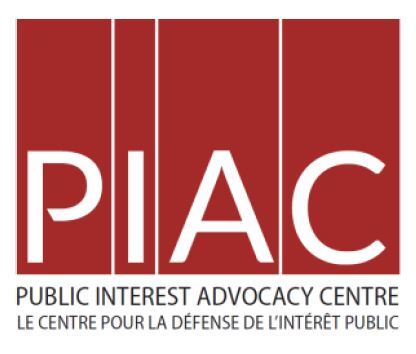
OTTAWA — The Commission for Complaints for Telecom-television Services (CCTS) will be coming out with its annual report this month, but in the meantime, the Public Interest Advocacy Centre (PIAC) is bringing attention to CCTS’s 2019 Compliance Monitoring Report, which shows many Canadian telecom companies failed in 2019 to comply with resolutions and in some cases falsely claimed to resolve consumer complaints to CCTS.
“We are shocked, but not surprised, at the companies’ variety of non-compliance with a simple complaint resolution scheme for telecom customers,” said John Lawford, PIAC’s executive director and general counsel, in a press release. “Consumers have told us for years that problems exist with the process.”
CCTS’s 2019 Compliance Monitoring Report includes data from November 1, 2018 to December 31, 2019. In a high number of instances, service providers improperly responded to consumer complaints, says the report. For example, 542 improper objections (approximately 20% of all alleged compliance breaches) were made by 50 service providers, and 931 incomplete responses to unresolved complaints (approximately 34% of all alleged compliance breaches) were made by 113 service providers.
CCTS also noted an issue with some service providers’ so-called resolved responses during the latter part of 2019. In these cases, the carriers informed CCTS the complaints had been resolved, when they actually remained unresolved. In particular, in September 2019, CCTS noted Bell Canada submitted “resolved” responses when the complaints had not been resolved to the satisfaction of the customer, with a frequency disproportionate in comparison to other service providers, says the report.
Other non-compliance trends found by CCTS in 2019 include service providers failing to implement resolutions, recommendations and decisions, and not participating in good faith in the CCTS’s complaint-handling process. When it came to resolutions not being implemented, in the case of 50 complaints, the service provider eventually implemented the resolution after CCTS’s intervention, and in the case of six other complaints, the CCTS needed to re-open the complaint to have it resolved.
In two cases, CCTS found service providers threatened to sue customers for filing a complaint with the CCTS, and in 18 instances, service providers were found to have pressured customers to withdraw their complaints.
In addition, many service providers failed to properly display information on their websites telling customers about the CCTS and how to contact the organization to make a complaint, says the report.
“PIAC has asked CCTS for some years to add a new complaint category for ‘failure to action’ complaint resolutions and that this should be logged and treated as a new complaint, as is done by the Telecommunications Industry Ombudsman in Australia,” added Lawford, in the PIAC press release.




